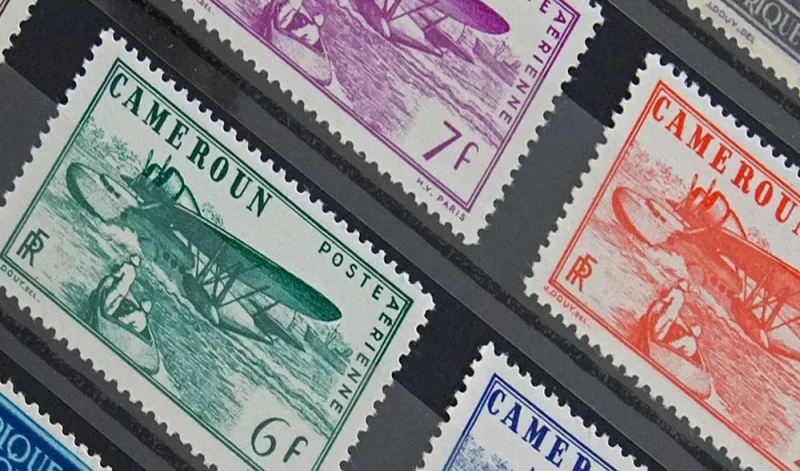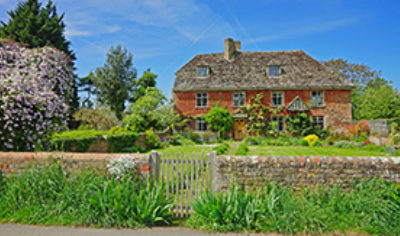Guide to La Palma, Spain
La Palma is one of the smaller of the canary islands and is the furthest away from the North African coastline. Affectionately known as La Isla Bonita or La Isla Verde, if is often considered superior to the other Canary Islands on account of it’s out standing natural beauty.
Roughly diamond in shape, the island covers some 700km square and is quite unusual in that it rises very steeply from the Atlantic Ocean with the entire central areas being above 2000 meters in height. At the highest point of the island (2420 meters- Roque de los Muchachos) is situated the world famous La Palma astronomical observatory. This observatory is classed as the most important in the northern hemisphere and a combination of geographical, topographical and meteorological conditions make it the perfect place for star gazing.
This island has little in the way of holiday home ownership although you will find quite a lot of holiday home and apartment rental if you you want to come and stay. There is a population of 87,000 and 20,000 of these live in the capital city Santa Cruz de La Palma.
Reaching La Palma is either by ferry or by aeroplane. The island has an airport situated some 8kms north of the capital Santa Cruz e la Palma and it handles roughly 1.2 million passengers a year, Most of these are internal arrivals from either mainland Spain or from Gran Canaria, Tenerife or Fuerteventura.
The climate of La Palma is governed by the fact that it lies in the cool north easterly canary current and the north easterly trade winds give it all year round moderate temperatures and plenty of sun. Of course this makes the La Palma a little cooler than you would expect for an island situated at this latitude but is has helped the farming industry and a broad variety of crops and fruit are grown on the islands which has helped lead to a fairly prosperous history. Of course as you would expect temperatures are warmer at sea level and drop as you climb in to the mountains As with most of the canary islands, the heaviest rainfall is in the North East of the Island whilst the south is relatively dry and sunny. La Palma has been known to suffer from the odd dust storm or Calima as it is known locally, winds from the Sahara bring this very fine dust over and the months of July & August are the worst effected.
La Palma does not have much in the way of beaches, a few covered with black ash, dotted here and there and thus, mass tourism is not in evidence on the Islands Mainly it is visited by persons wanting complete peace and quite and to study the islands wonderful volcanic history and beautiful scenery.
The volcanic history on this island can best be described as recent, Tenegura last erupted in 1971 and it is still possible to feel the heat beneath your feet as you walk. The bulk of visitors want to come and view the Caldera De Taburiente, this is the worlds largest eroded volcanic crater formed some 400,000 years ago, over the years this feature has weathered in to an area of outstanding natural beauty, surrounded by a ring of mountains it is approached only by a canyon so you had better take your hiking boots with you. There has been some hotly disputed scientific reports that this island is about to slip back in to the Atlantic Ocean and create a gigantic Tsunami, of course this is pure speculation one that the local authorities are keen to dispute.
The most famous structures on La Palma are without doubt the water tunnels. These natural structures carry the water from sources in the mountains to cities, villages and farms (mainly the banana plantations and the vineyards). La Palma is blessed with receiving an abundance of water and these caves have been formed over many centuries, it is possible to take a hiking tour and visit the tunnels.
Spain Guide La palma from Assetsure
If you decide to buy a property in Spain and require holiday home insurance, including insurance for holiday letting, contact Assetsure for a quote.
























